2025 Lisbon Architecture Triennale ponders the (literal and figurative) weight of humanity
Join us on a tour of the 2025 Lisbon Architecture Triennale, exploring the question ‘How Heavy is the City?’ and our impact on the planet
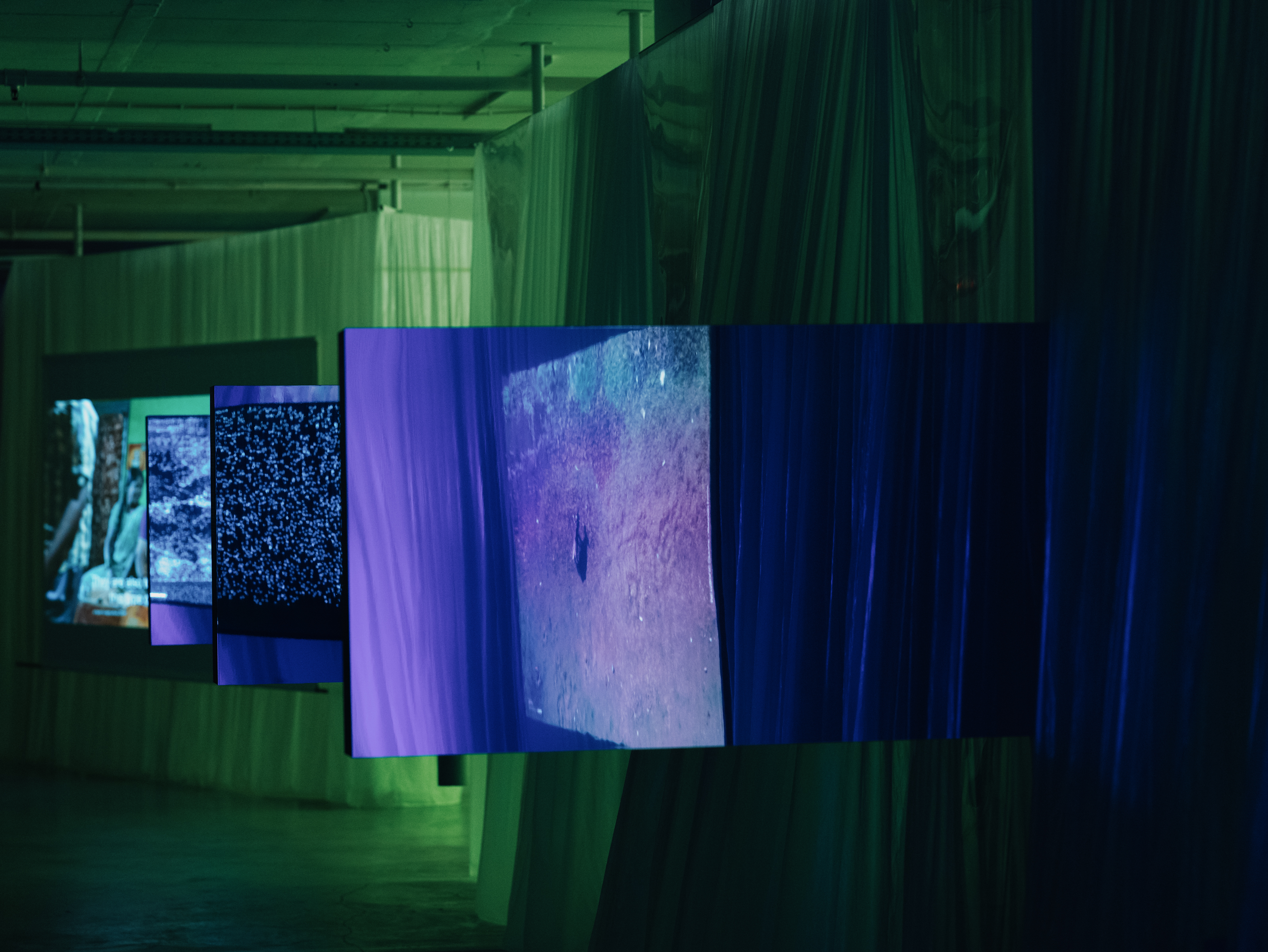
The 2025 Lisbon Architecture Triennale has opened, themed around the question: ‘How Heavy is the City?’ Curators John Palmesino and Ann-Sofia Rönnskog of Territorial Agency say the question ‘addresses issues of magnitude, spatial organisation, form, technology, materiality, and the multiple relations that human spaces have with other entities’. In short, the triennale’s ambition covers the whole ’technosphere’ that humanity has created – our impact on the planet – which, the triennale organisers calculated, weighs a mind-blowing 30 trillion tonnes.
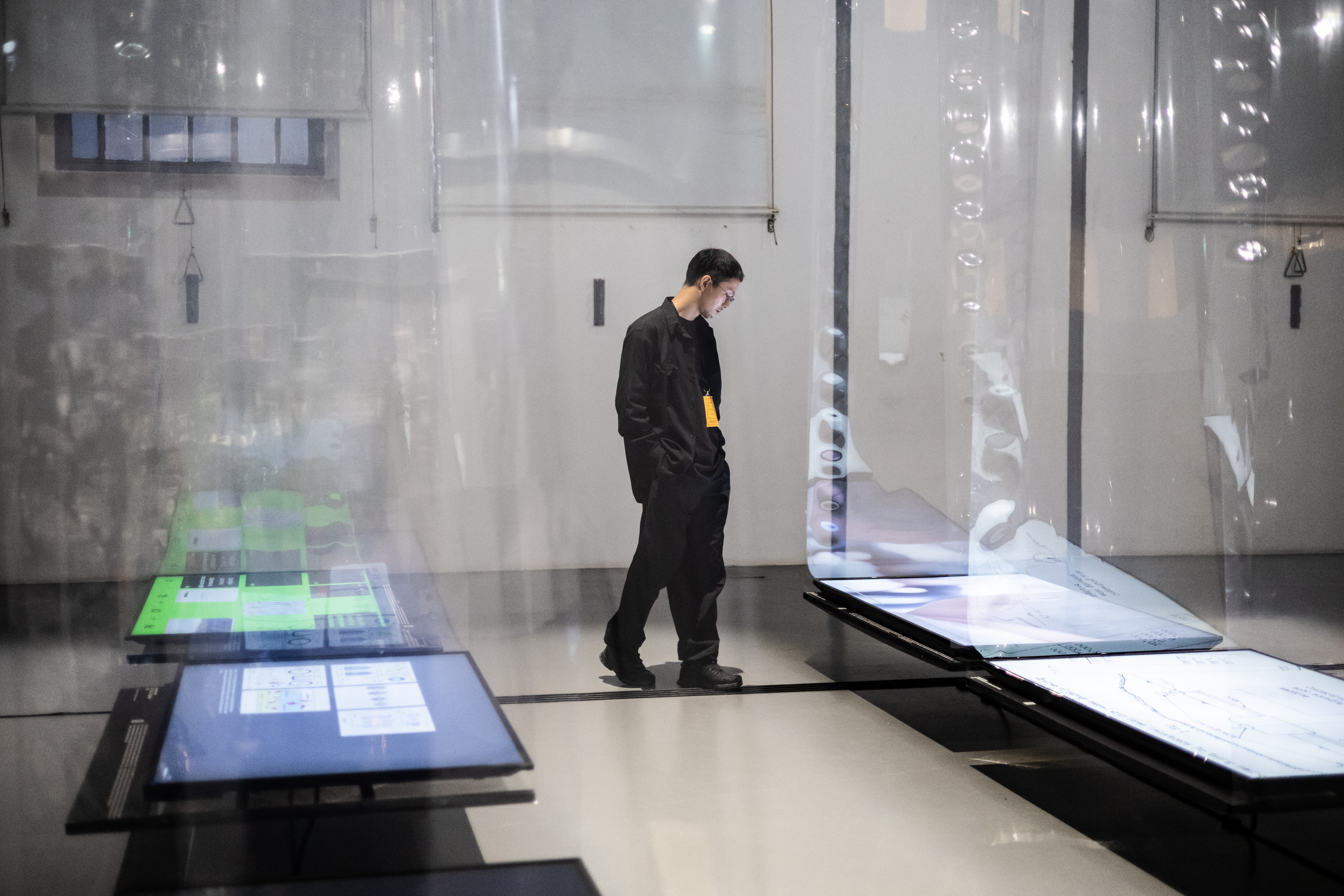
Fluxes
Explore the themes of the 2025 Lisbon Architecture Triennale
As part of the city-wide festival, as well as independent projects across the city (including in the Lisbon Architecture Triennale’s own headquarters in the atmospherically restored Palace of Sinel de Cordes), there are three major shows.
Lisbon’s old riverside power station, now part of MAAT, hosts ‘Fluxes’. We enter it through a black passage lined with enormous flowcharts mapping technological evolution from 1500 to today, conveying the sheer complexity of the technosphere. The show’s main part is presented on horizontal screens at knee height, suspended ingeniously by clear plastic bands from the cathedral-sized heights of the industrial space.
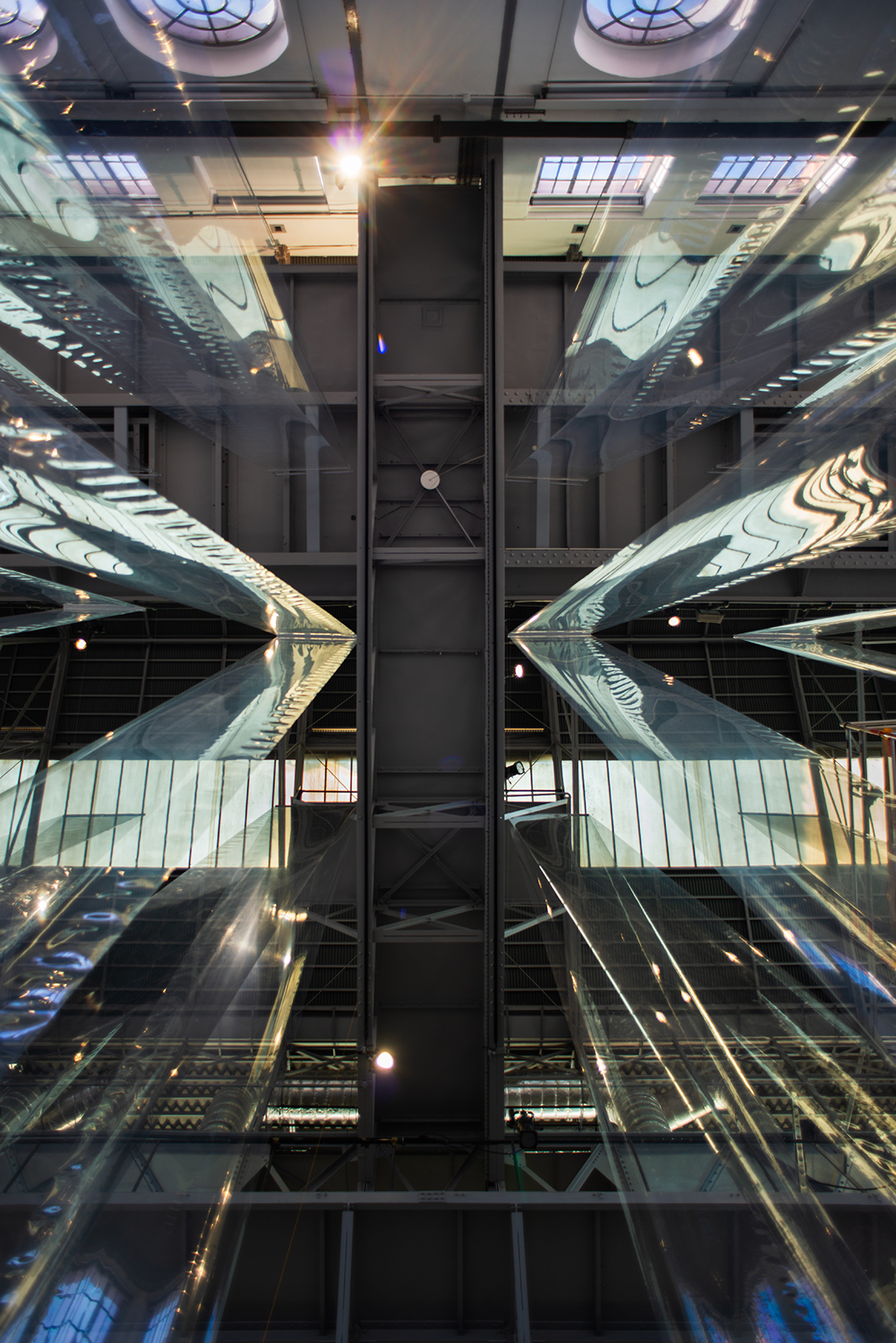
Fluxes
Subjects range from the cosmic dust constantly falling into our world, to the planetary cost of random numbers, essential to computing; Iwan Baan’s stunning photographic exploration of the vast oil shale extraction activities in Alberta, Canada; and Katherinne Fielder’s film Guardians, which takes us into a remote Peruvian desert facility, empty but for two healthy, wandering dogs (Chico and Uber). The last is a serene, charming and enigmatic work – and the monumental contemporary structure makes architecture as much its star as those dogs.
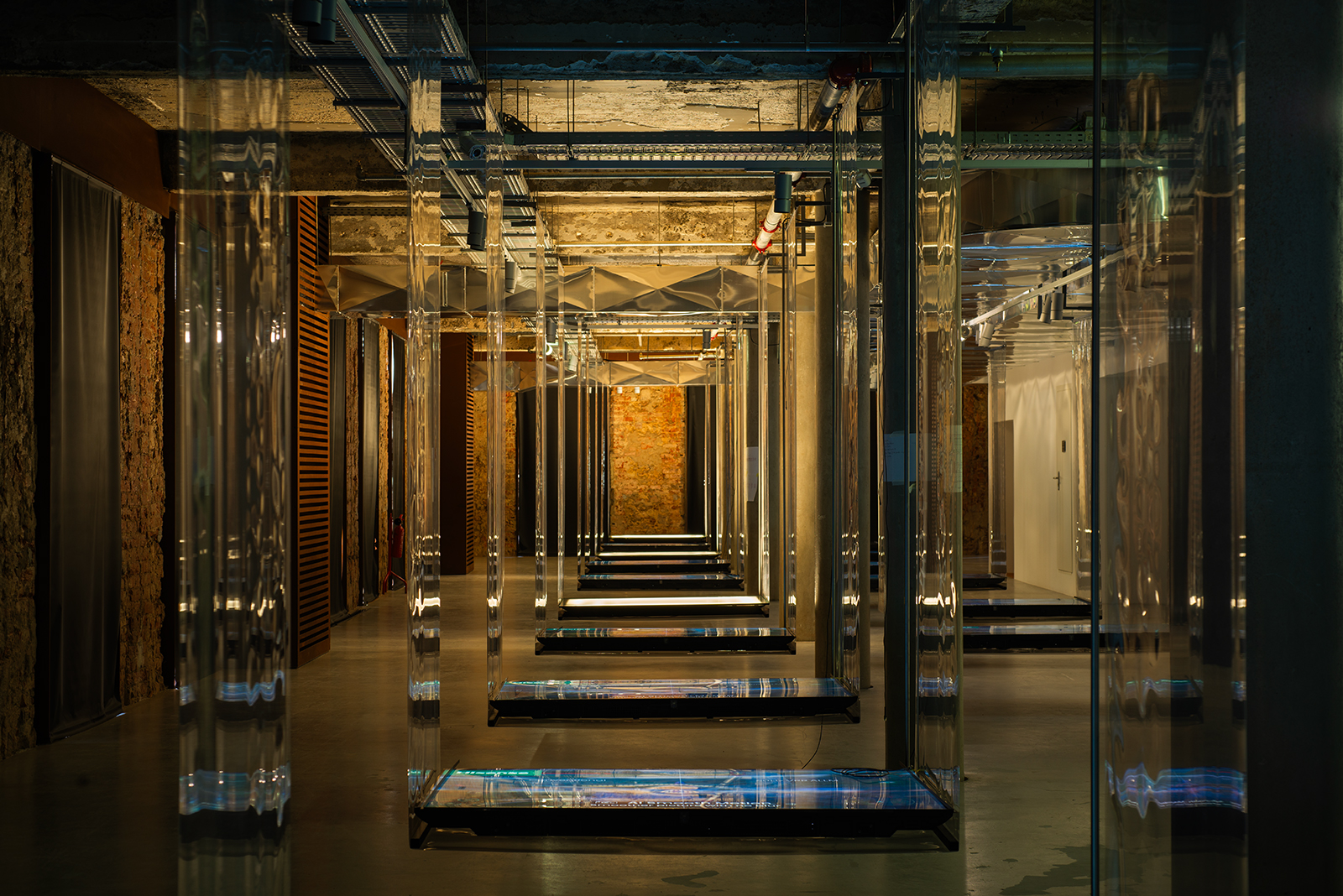
Spectres
In the Belem district, famed for launching Portugal’s navigator-explorers and pastéis de nata, the CCB hosts ‘Lighter’. Palmesino and Rönnskog summarise its message as ‘more light, less mass’. The theme threads through this show, from photosynthesis to the technosphere’s albedo (reflective brightness). White, silky, ethereal drapes channel you through the exhibits, and ambient music fills the space. Green light filters through a beautiful screen by Alexandra Daisy Ginsburg.
In the adjacent Museum of Contemporary Art is a row of independent projects, including the film City + Dance, a dialogue between choreography and extraordinary Lithuanian and Estonian modernist architecture.
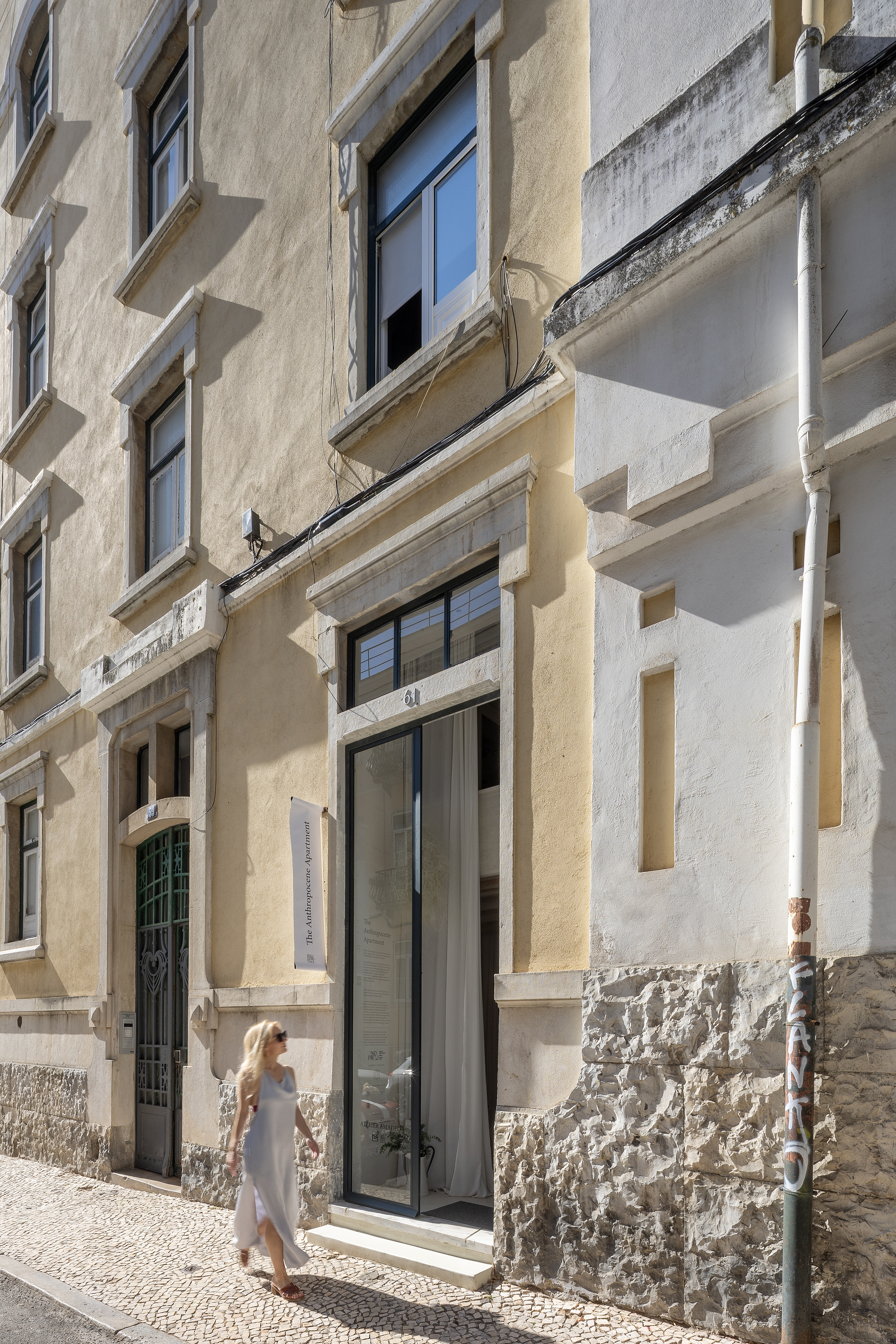
The Anthropocene Apartment
At MUDE, Lisbon’s design museum, the third major show, ‘Spectres’, offers 16 projects, mainly shown on another array of horizontal screens. They range from the plight of Tuvalu, the Pacific nation set to disappear under the waves, to Airbus’ global elevation investigation, which measures precisely those rising sea levels. Other subjects range far and wide, including digital twins, borders and barriers, and muons (sub-atomic particles) as a tool to see through buildings and rock.
Receive our daily digest of inspiration, escapism and design stories from around the world direct to your inbox.
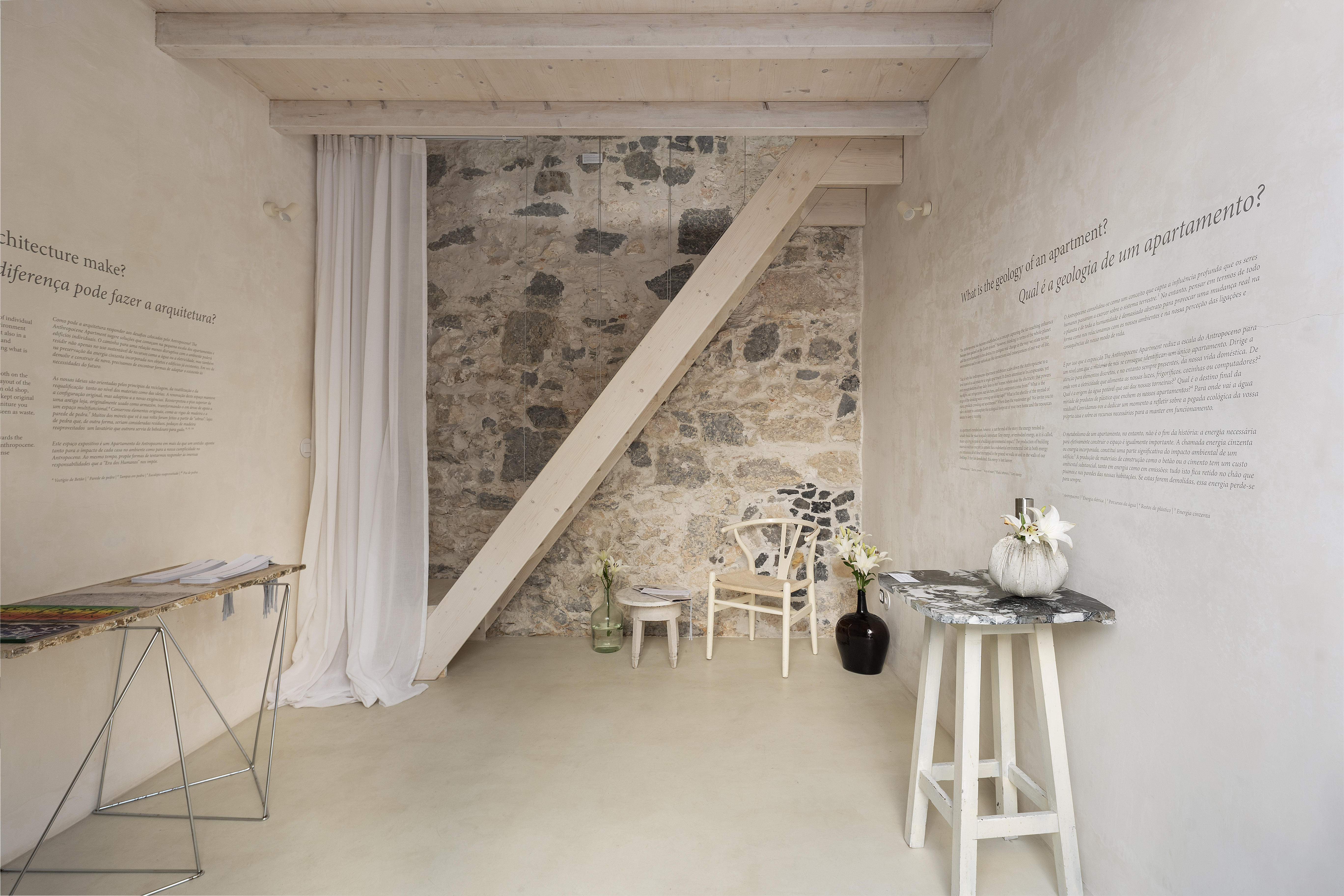
The Anthropocene Apartment
MUDE’s highlight is Correspondences by Soundwalk Collective and Patti Smith, a film projected across two wide walls. Without explanatory text, it takes us across and under the oceans, into rocks, over ice flows, and circles over the tragic body of a beached whale. We see wildfires, and Smith’s voice lists their recent exponential spread with dates and numbers. As the imagery switches to purple trees, Smith delivers a haunting, delicate song that somehow bridges sadness and hope for the Earth.
Nowadays, environmental and social sustainability are embedded in architecture’s discourse, but with technology and more, the triennale goes further than ever. Architectural graphics and imagery remain woven into its offerings. And yes, there is even an actual building – and it may be the best independent project of all.
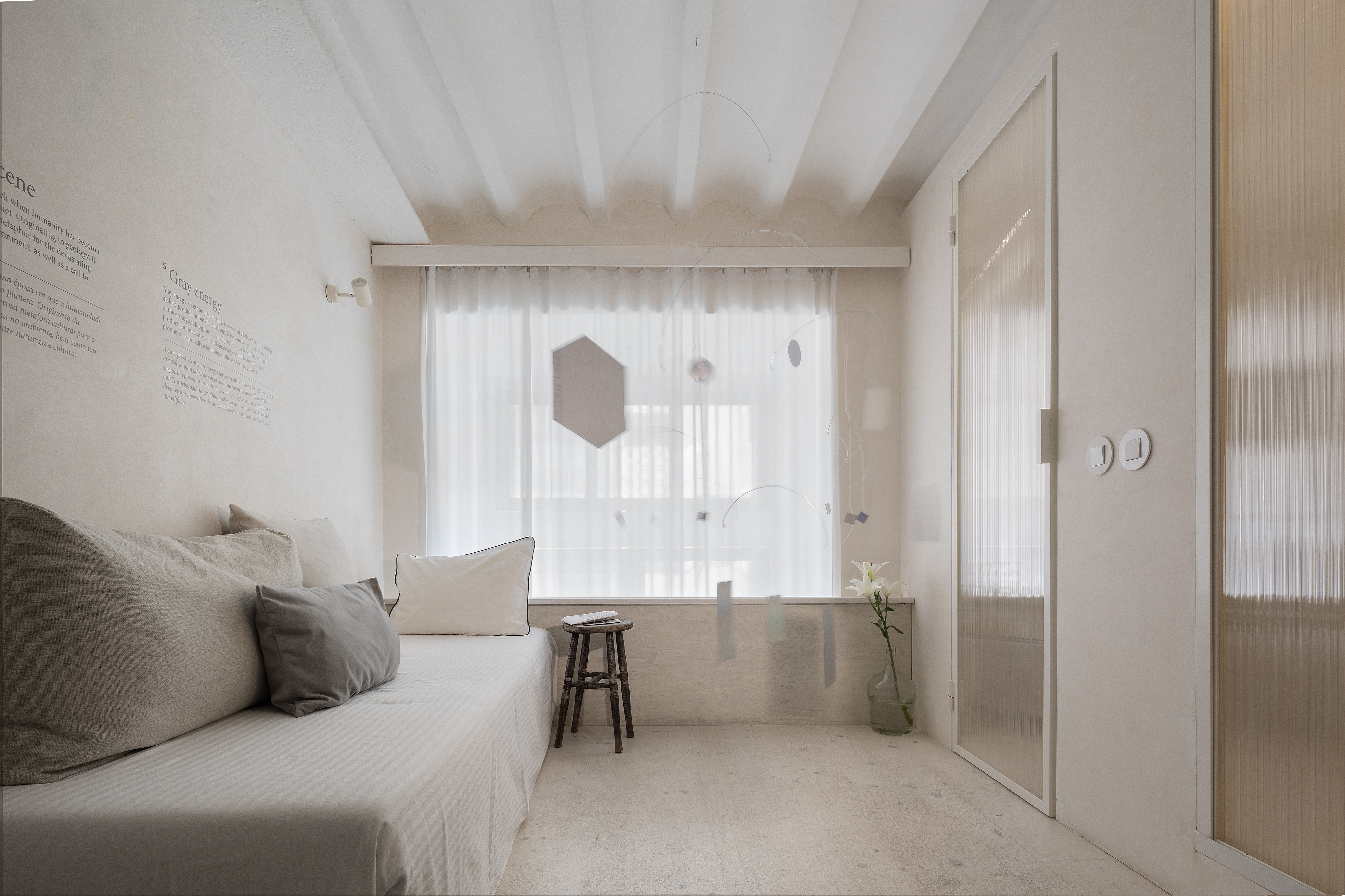
The Anthropocene Apartment
The Anthropocene Apartment by Lisbon-based Czech practice Atelier Holcnerová is a small duplex you can explore. Every element embodies sustainable principles, from a re-used ancient stone wall to lamps of tangled seaweed fibre and an animal trough adapted as a washbasin. The result is organic, contemporary, calm, and it looks refreshingly cool. To get a grip on the Anthropocene, we need to understand it. This Triennale is a tsunami of brilliantly presented insights. But we also need to be spiritually moved. Lisbon has projects that do that, from the sheer emotional intensity of Correspondences at MUDE to glimpses of a greener world we could make.
Herbert Wright is Editor-at-Large at Korea's leading architectural magazine C3, a columnist for Chroniques d'architecture, and he contributes elsewhere and blogs at The Other Site. He is the co-founder of the Emotionalist movement and also gives talks.
-
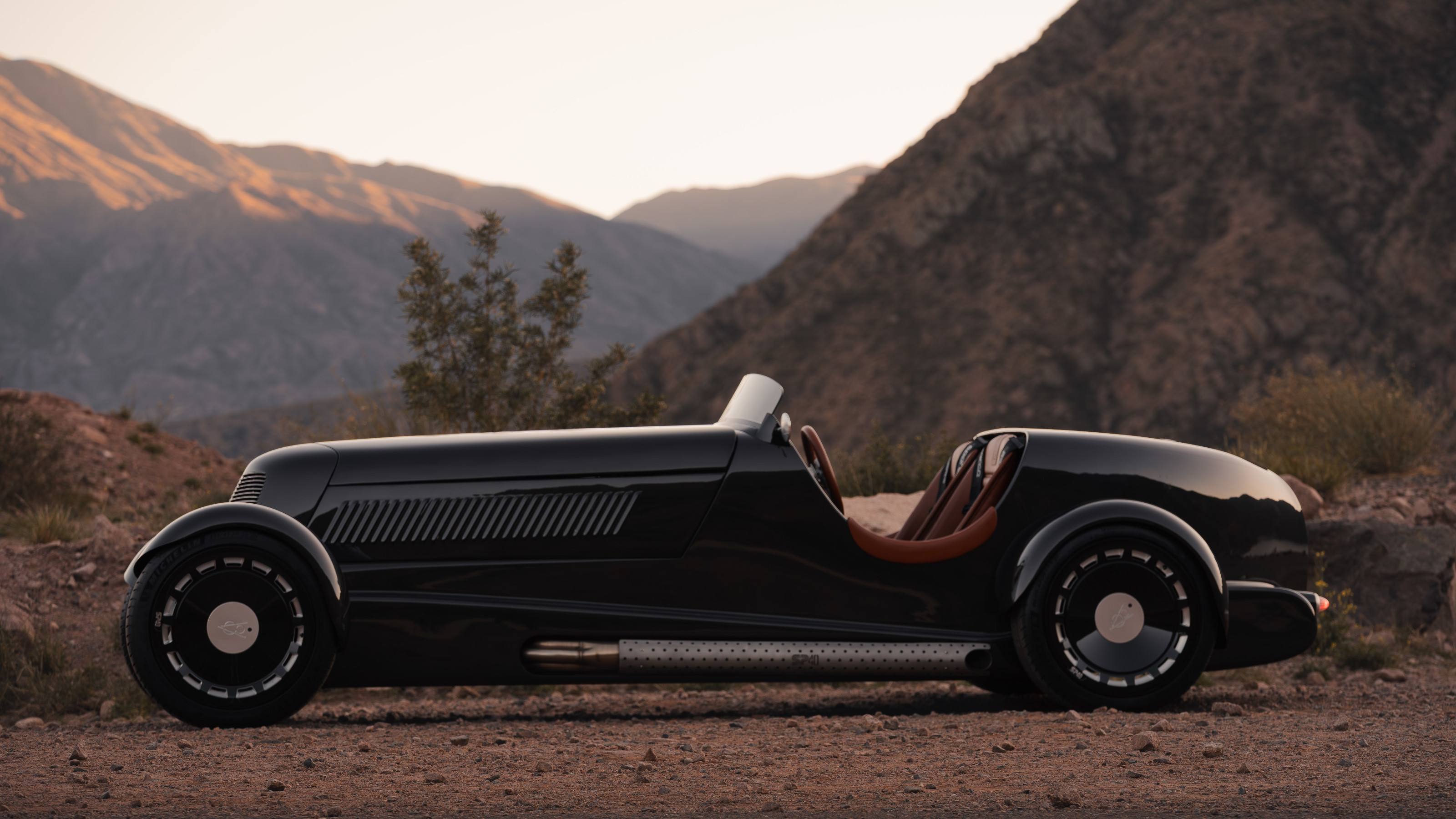 An elegant Argentine restomod keeps the spirit of the sporting 1930s alive
An elegant Argentine restomod keeps the spirit of the sporting 1930s aliveThe SP40 Restomod by Iconic Auto Sports is an update of a classic 1930s custom job, enhanced for the modern era
-
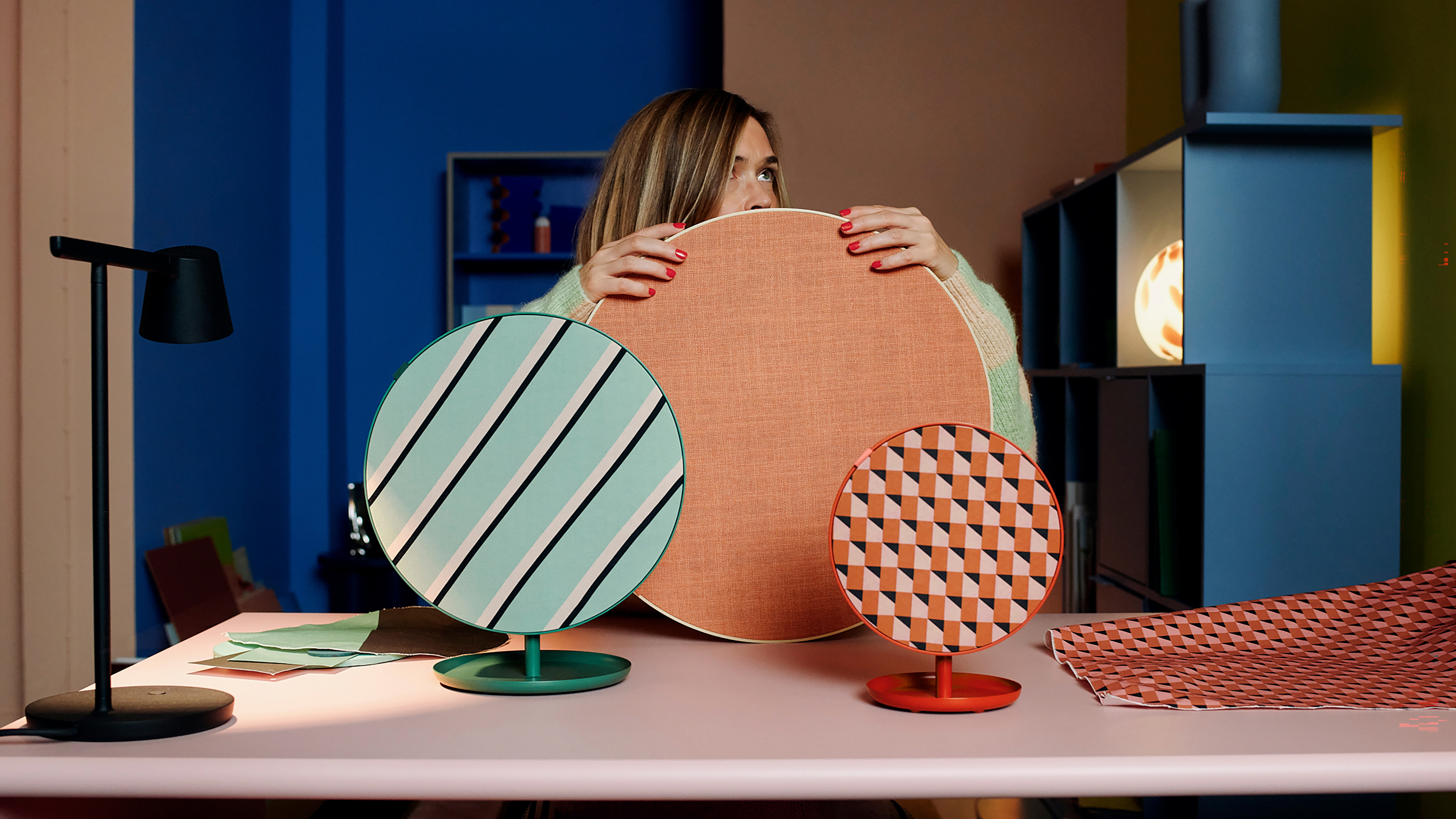 Teklan and Ikea bring colour, curves and nostalgia to speakers and lamps
Teklan and Ikea bring colour, curves and nostalgia to speakers and lampsPattern-wrapped speakers, soft-serve lamps – and clever combos of the two – star in Swedish designer Teklan’s new Ikea collection. Take an exclusive first look
-
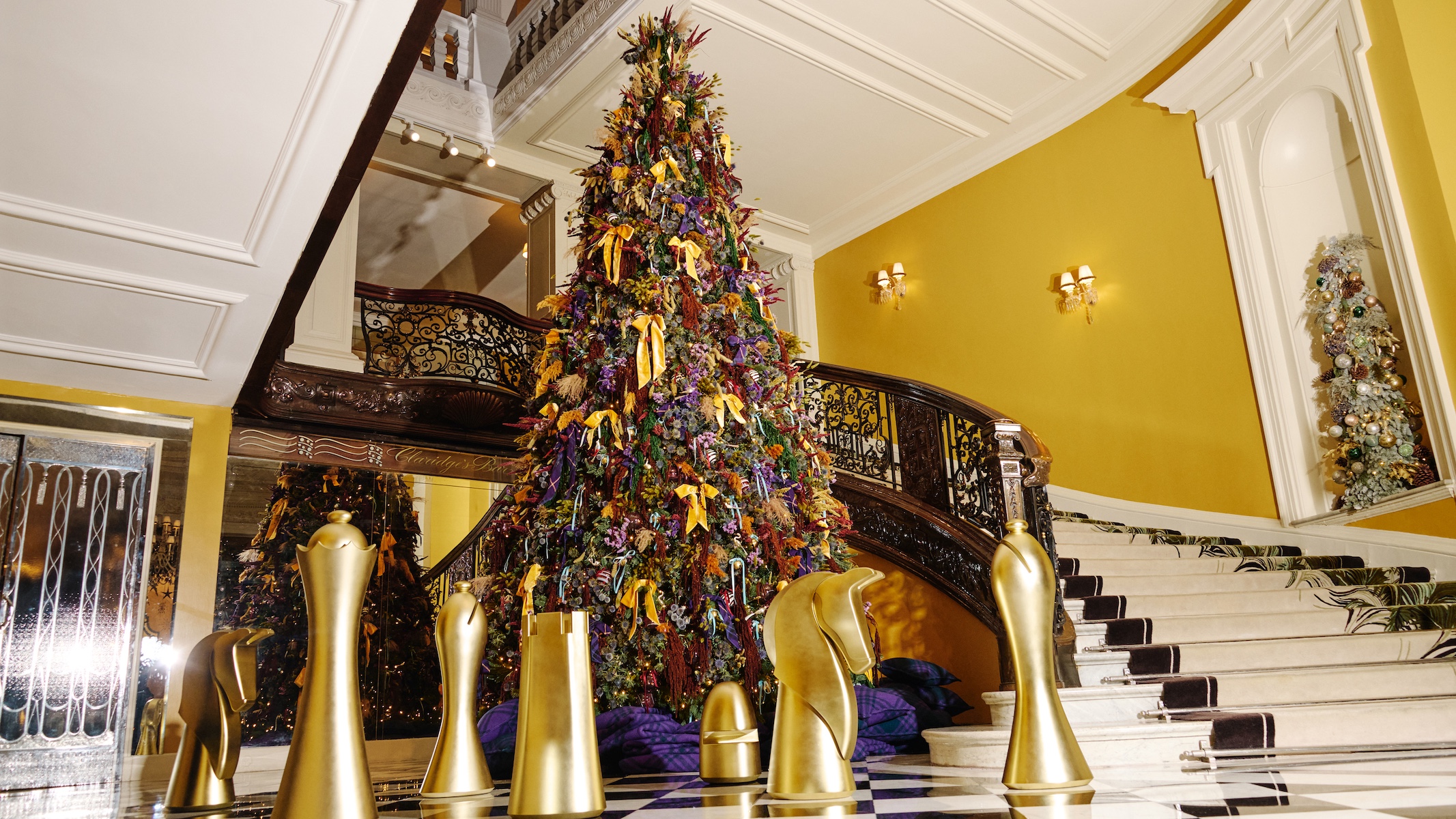 Inside Burberry’s festive Claridge’s takeover – including a Christmas tree covered in bows
Inside Burberry’s festive Claridge’s takeover – including a Christmas tree covered in bowsBurberry’s Daniel Lee has unveiled his vision for the Claridge’s Christmas tree, while the British house will also be taking over the hotel with Burberry cocktails, baubles and a special pop-up store
-
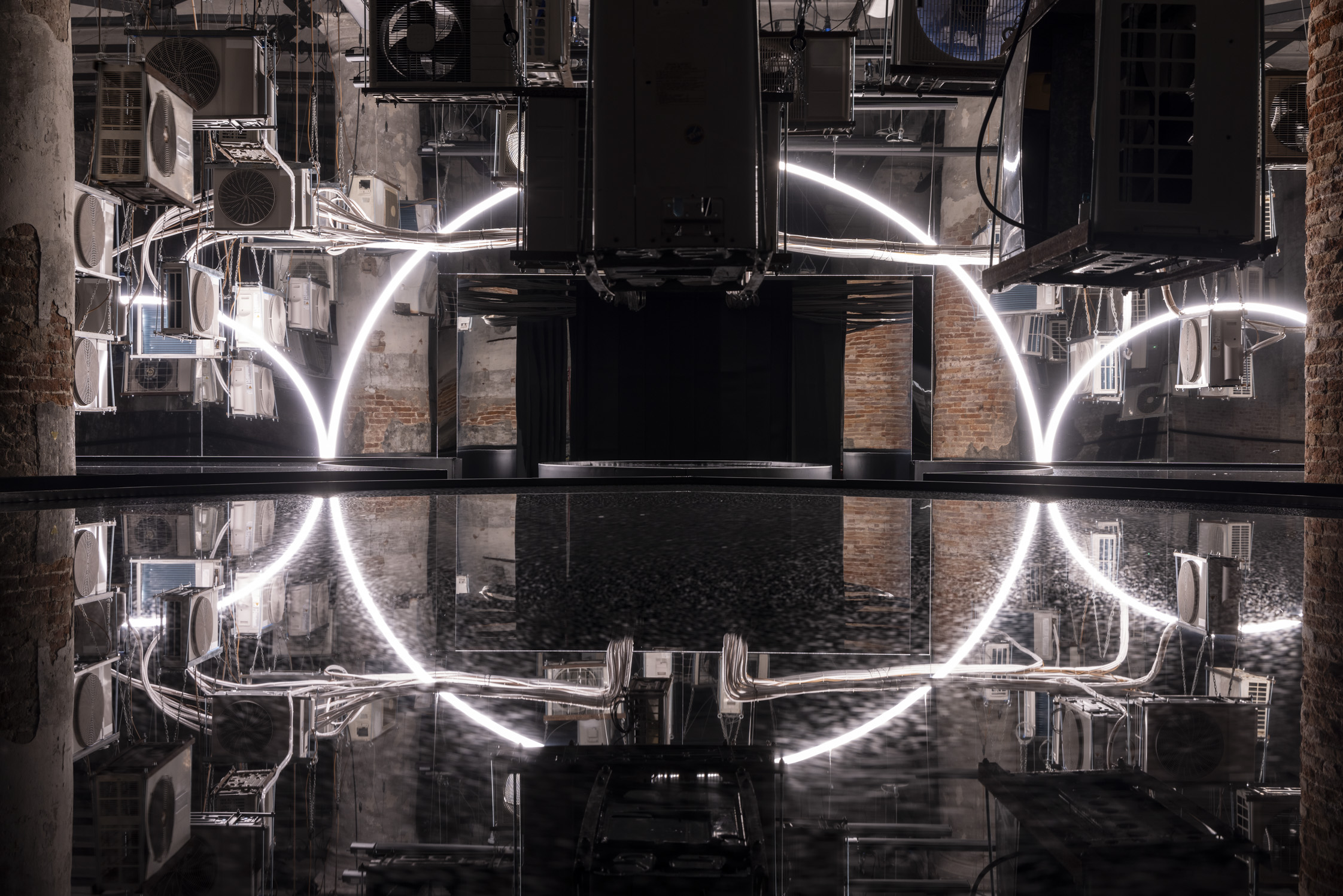 Carlo Ratti reflects on his bold Venice Architecture Biennale as it closes this weekend
Carlo Ratti reflects on his bold Venice Architecture Biennale as it closes this weekendThe Venice Architecture Biennale opens with excitement and fanfare every two years; as the 2025 edition draws to a close, we take stock with its curator Carlo Ratti and ask him, what next?
-
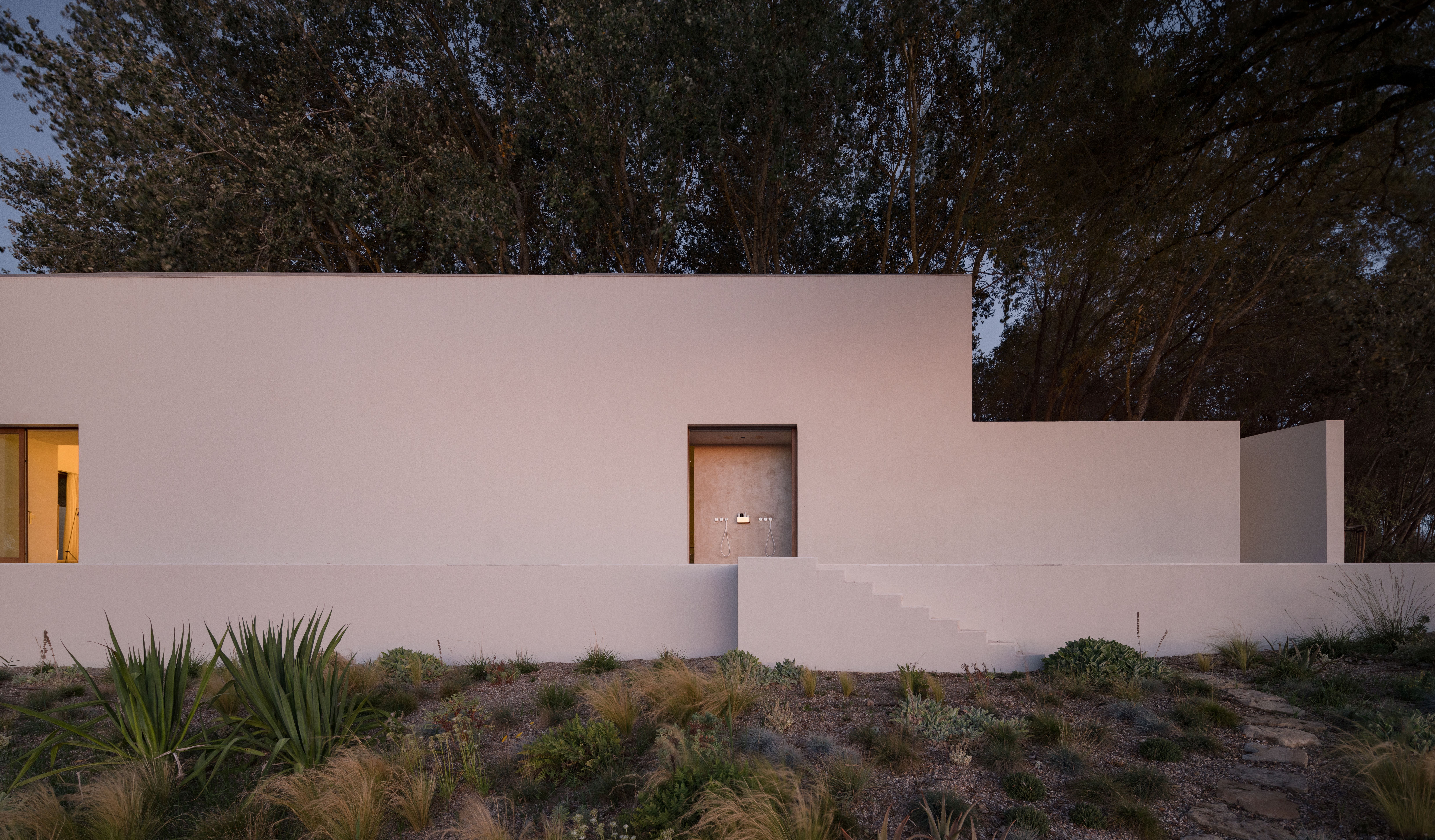 Soothing and symmetrical, this Portuguese house is a minimalist haven for two musicians
Soothing and symmetrical, this Portuguese house is a minimalist haven for two musiciansA Portuguese house near Lisbon, built on the ruins of an old winery, Quinta do Álamo by Atelier Matteo Arnone has symmetry at its heart
-
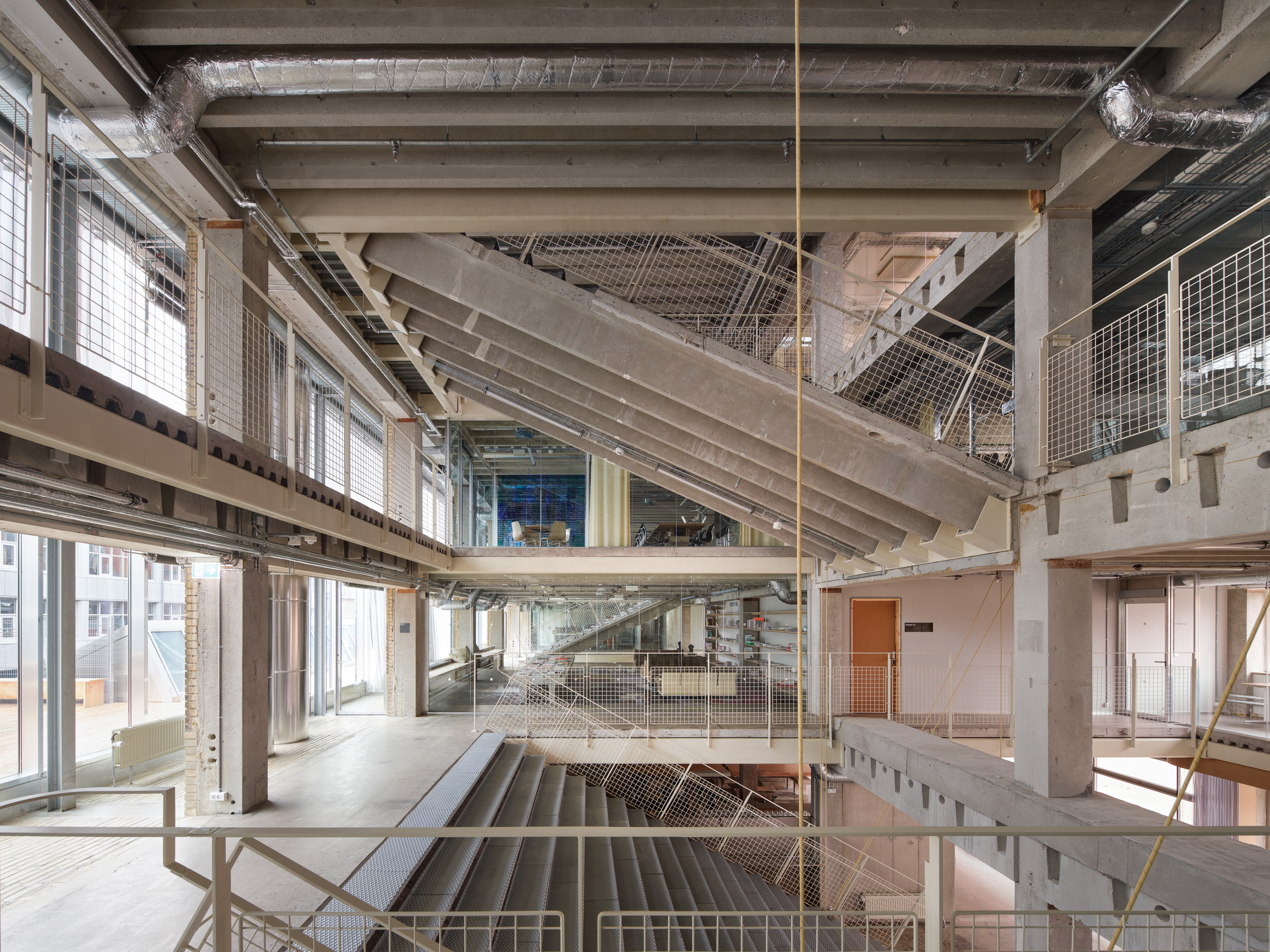 Is slowing down the answer to our ecological challenges? Copenhagen Architecture Biennial 2025 thinks so
Is slowing down the answer to our ecological challenges? Copenhagen Architecture Biennial 2025 thinks soCopenhagen’s inaugural Architecture Biennial, themed 'Slow Down', is open to visitors, discussing the world's ‘Great Acceleration’
-
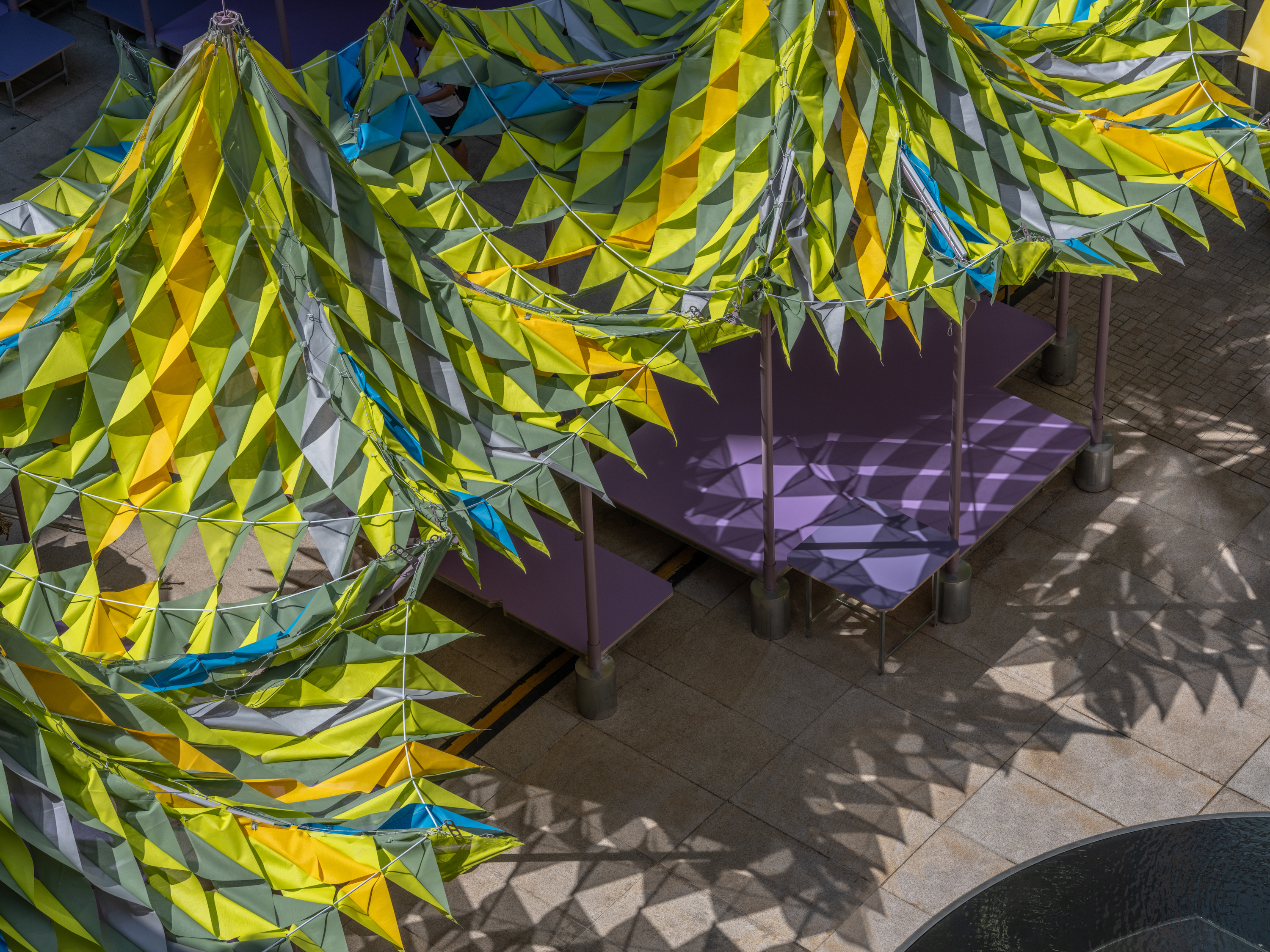 Shanghai’s biennial, RAMa 2025, takes architectural exploration outside
Shanghai’s biennial, RAMa 2025, takes architectural exploration outsideRAMa 2025, the architecture biennial at Rockbund Art Museum in Shanghai, launches, taking visitors on a journey through a historic city neighbourhood – and what it needs
-
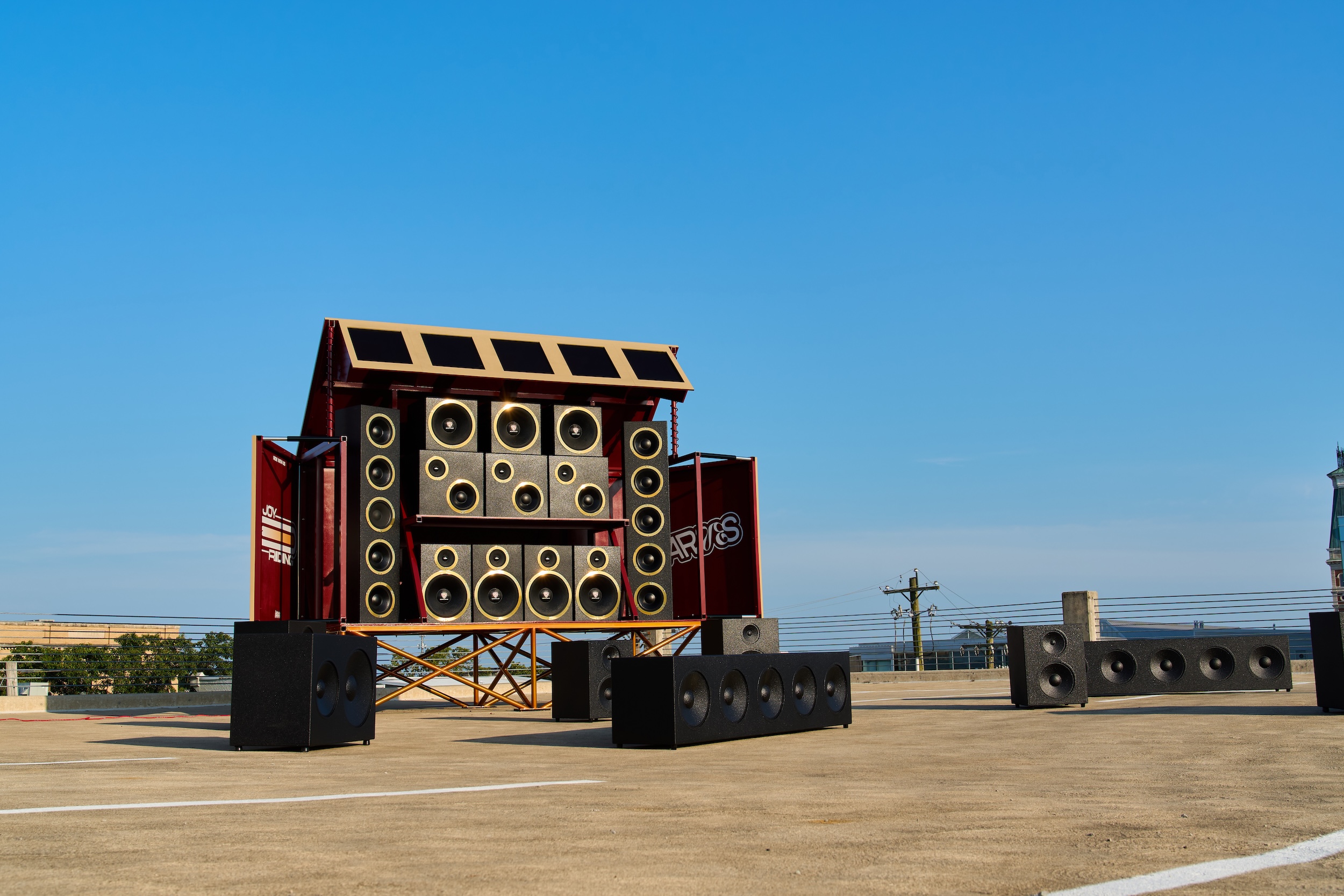 Germane Barnes just transformed a humble Indiana parking garage into an enormous sub-woofer system
Germane Barnes just transformed a humble Indiana parking garage into an enormous sub-woofer systemWith Joy Riding, the Miami-based designer’s installation at Exhibit Columbus, Barnes celebrates togetherness by evoking Black car culture
-
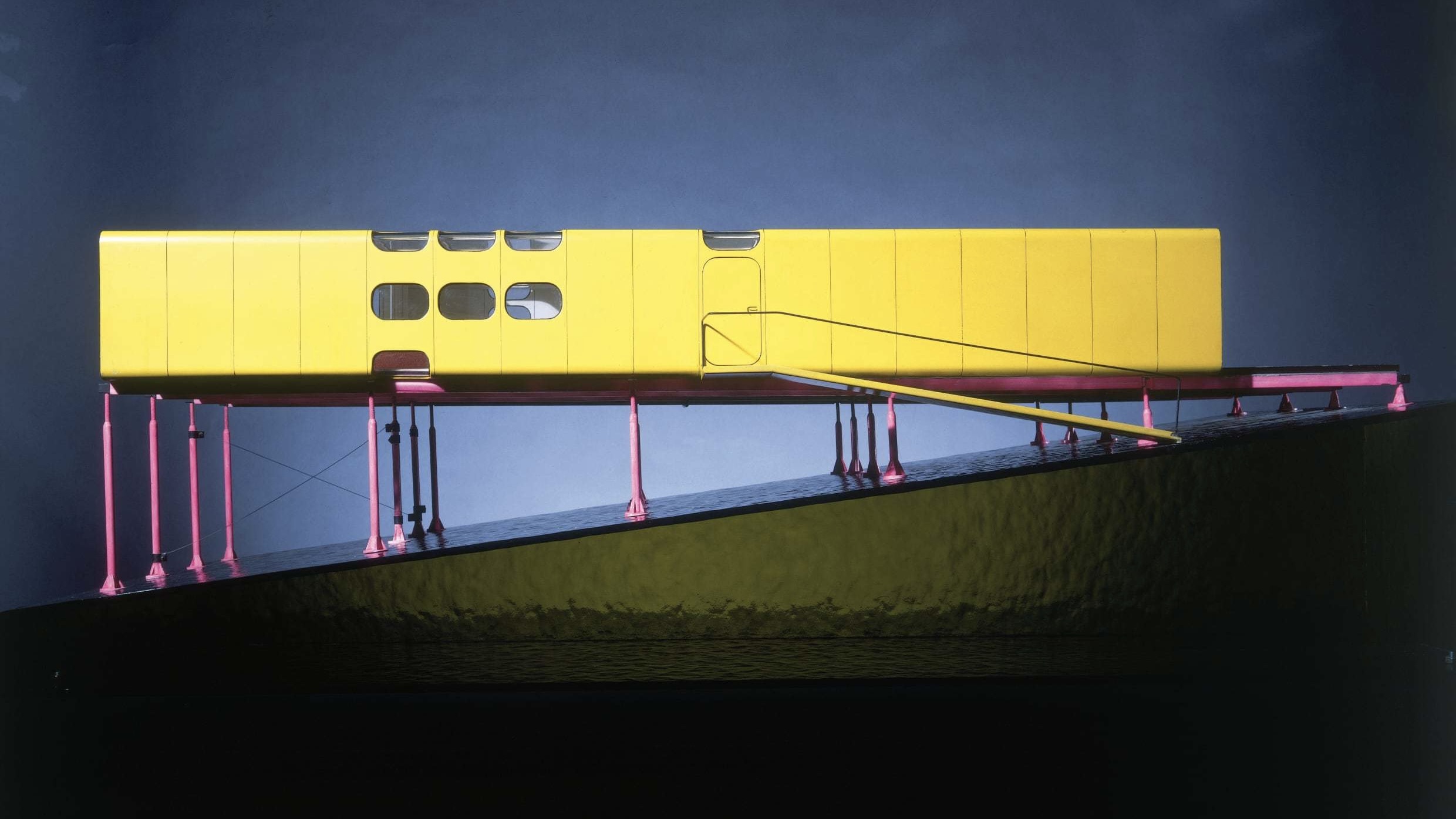 A new London exhibition explores the legacy of Centre Pompidou architect Richard Rogers
A new London exhibition explores the legacy of Centre Pompidou architect Richard Rogers‘Richard Rogers: Talking Buildings’ – opening tomorrow at Sir John Soane’s Museum – examines Rogers’ high-tech icons, which proposed a democratic future for architecture
-
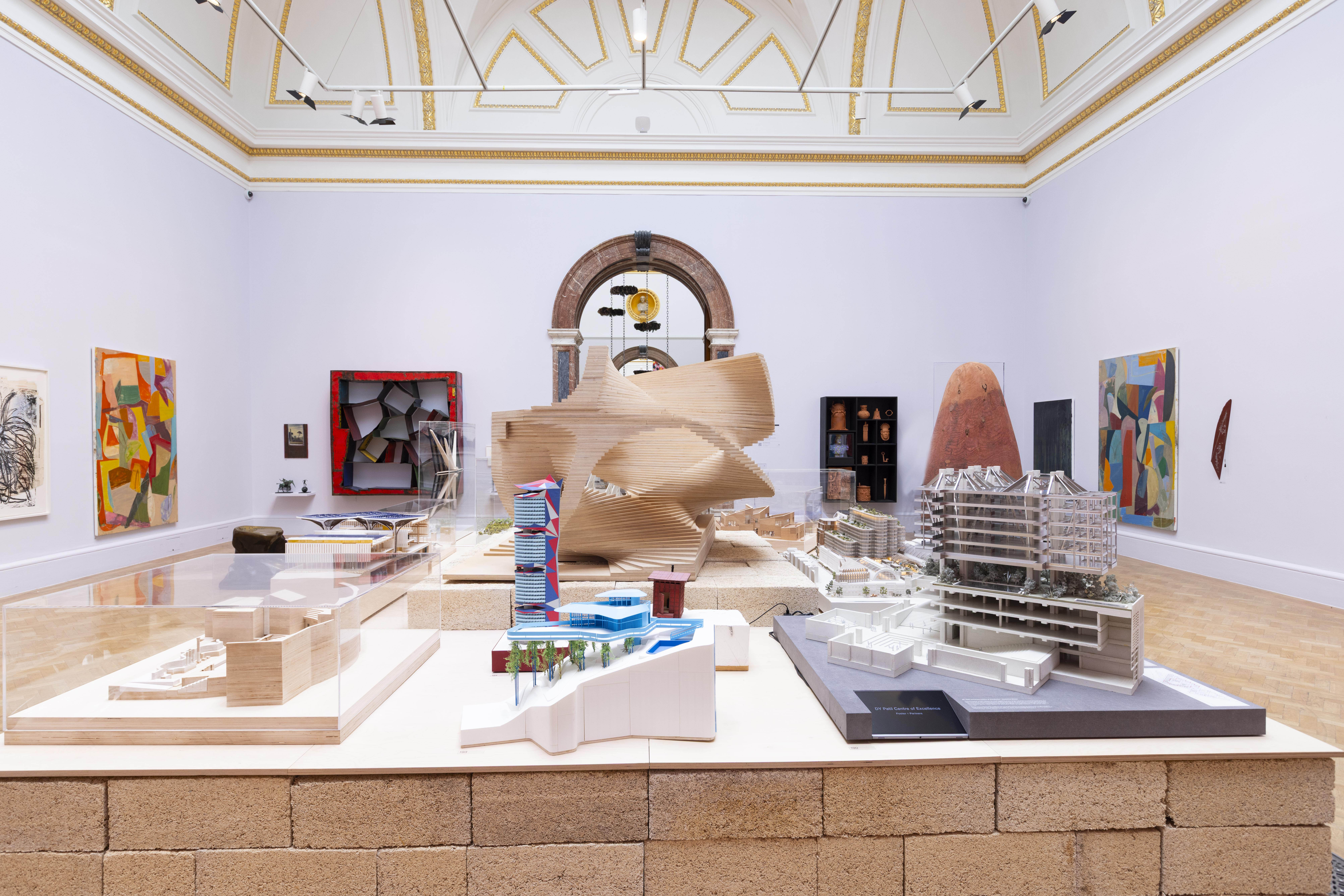 At the Royal Academy summer show, architecture and art combine as never before
At the Royal Academy summer show, architecture and art combine as never beforeThe Royal Academy summer show is about to open in London; we toured the iconic annual exhibition and spoke to its curator for architecture, Farshid Moussavi
-
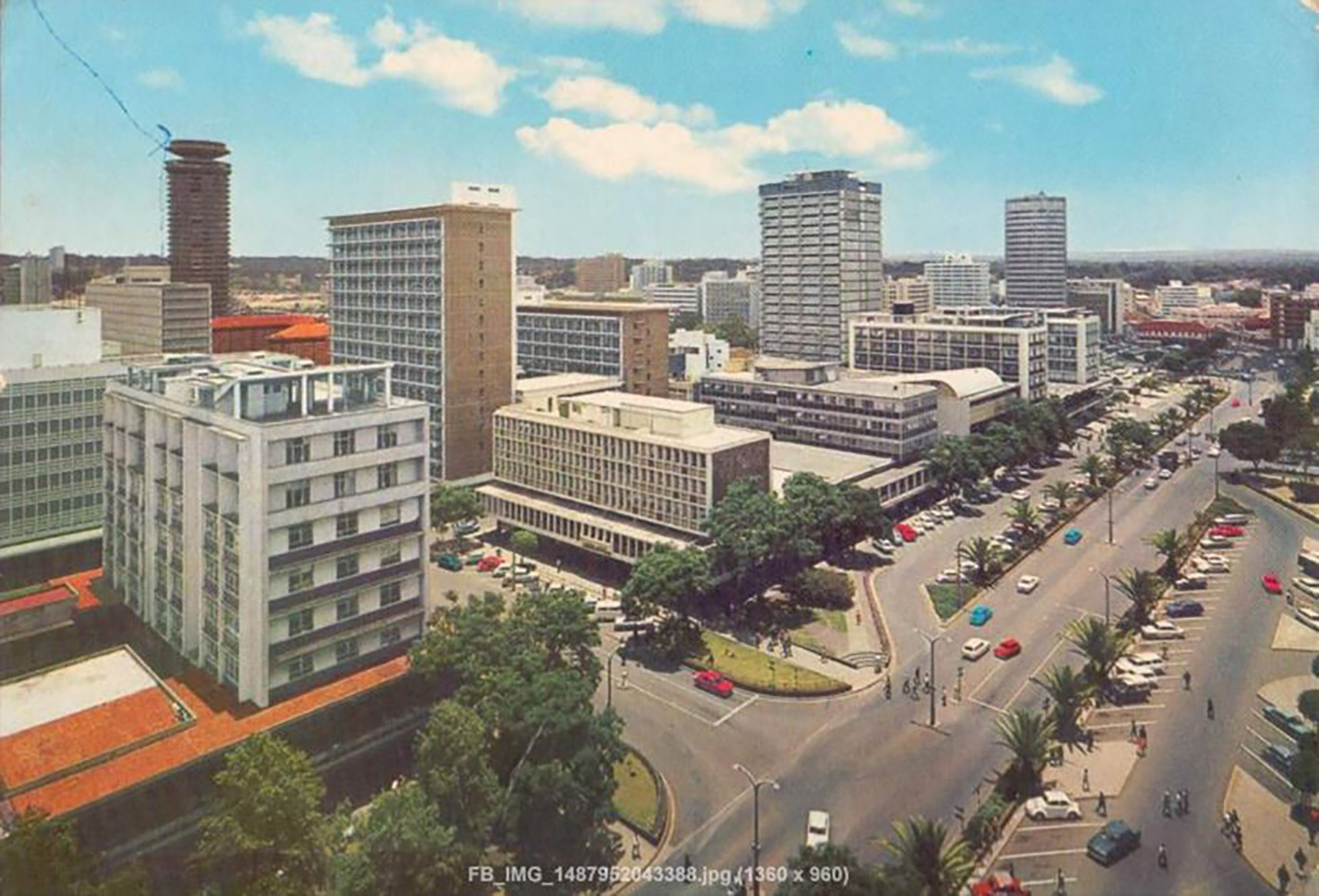 Omar Degan to curate first Pan-African architecture biennale
Omar Degan to curate first Pan-African architecture biennaleThe first Pan-African architecture biennale has been announced, taking place in Nairobi in 2026; we caught up with its inaugural curator, architect Omar Degan, to discuss the festival's mission, vision and scope